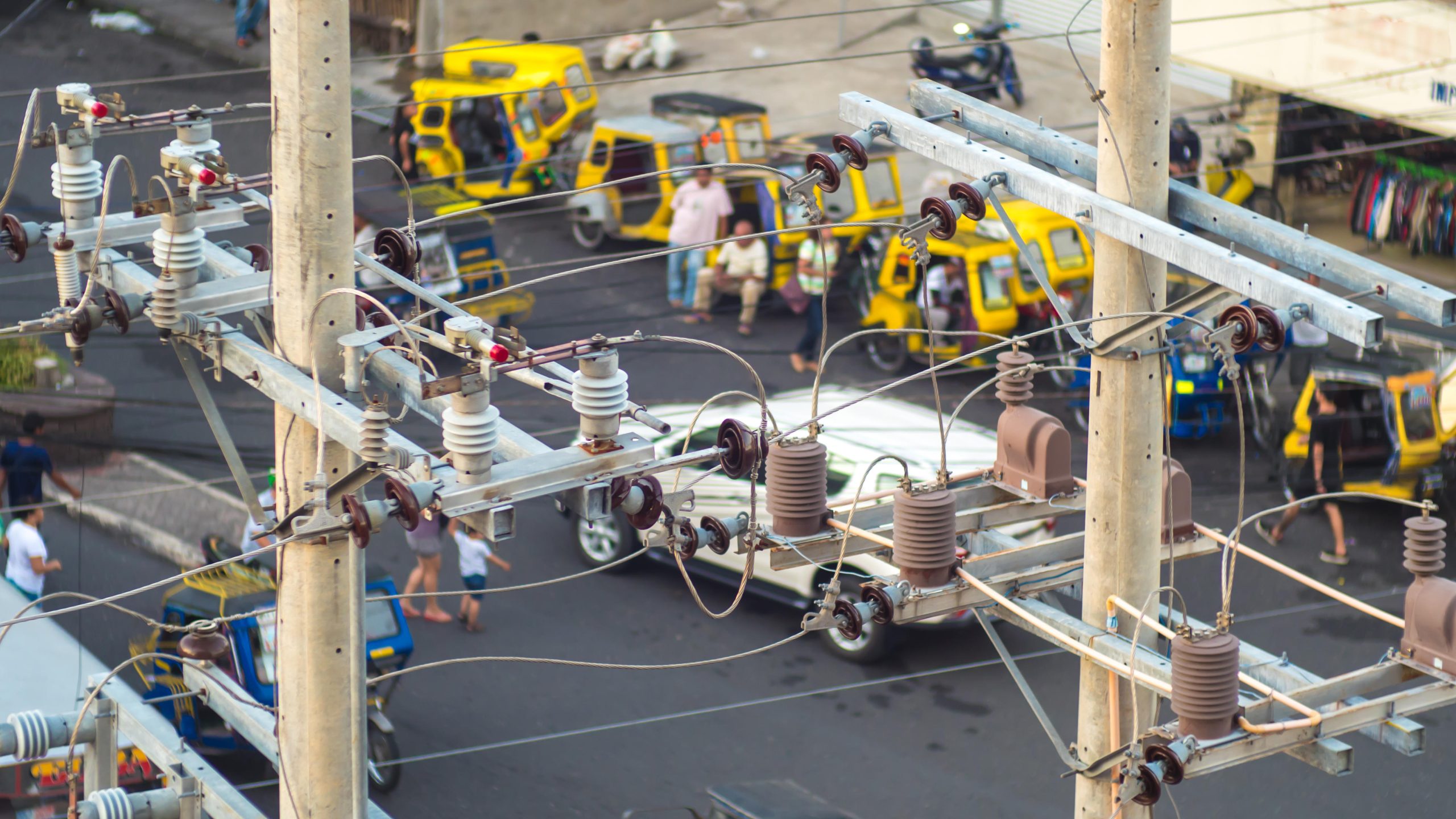
Asia Data Transparency Report 2023
Understanding the state of data transparency for power sector decarbonisation in Asia
Table of Contents
Highlights
Executive summary
Data transparency in Asia needs improvement
Open power data is a key accelerator for coal-to-clean electricity transition in Asia
High-quality, open data on the power sector can accelerate coal-to-clean electricity transition in Asia. Data is a key tool to enable policymakers, utility companies, academics and private-sector stakeholders to engage in evidence-based policymaking, monitoring and tracking of clean power targets, and developing innovative technologies for better grid flexibility. Yet, Ember’s previous investigation and reports from stakeholders revealed that access to high quality power data is more difficult than it should be.
This report aims to assess the state of data transparency by identifying, compiling and evaluating official data sources for 39 economies in Asia-Pacific and Central Asia. Evaluation is based on six rating criteria: publishing lag, geographical granularity, fuel breakdown, time granularity, ease of access and additional data. Findings from this research revealed that more than half of the region has poor to insufficient data transparency, representing electricity needs of 684 million people.
The research also provides practical recommendations for improving data transparency based on current practices of high-scoring economies. A case study on India provides additional in-depth insight on data governance. Final assessments from this research finds that governments and intergovernmental organisations will gain monumental benefits of emissions reduction and power sector innovation by improving data transparency.
This report excluded economies whose annual electricity demand in 2021 was less than 1 TWh.
Key takeaways
24 out of 39 economies have insufficient or poor data transparency
More than half (24 out of 39) of economies in Asia have insufficient or poor data transparency. This means that there is little data on the electricity demand and supply for 684 million people.
Six economies scored “good” or “excellent”
India, Sri Lanka, Bangladesh, South Korea, Australia, and New Zealand scored “good” or “excellent”, demonstrating good practice of data transparency for Asia. Half of the economies that scored high were lower-middle income economies.
74 data sources identified across 39 economies, based on six rating criteria
This study identified 74 data sources and analysed the level of data transparency based on six rating criteria. Publishing lag, geographical granularity and time granularity criteria are generally evaluated to be poorer than fuel breakdown and ease of access criteria.
Related Content






